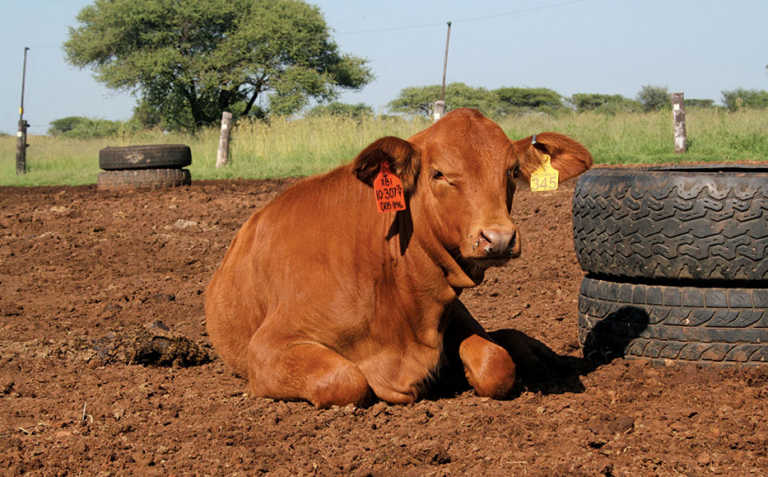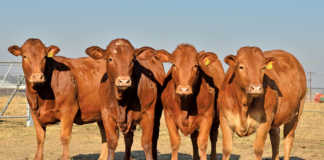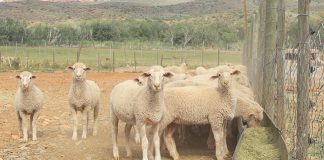
Photo: FW Archive
When it comes to marking your livestock, the most important thing is how the mark will be used.
Unless there’s a financial benefit, providing livestock with complicated marks that cost a lot of money, and require a lot of time to apply, is wasteful. The KwaZulu-Natal (KZN) agriculture department says that unless the marking can, for example, help the farmer calculate animal efficiency, or help the farmer prevent theft, it’s wasteful to spend time, labour and money on it.
Now, having already covered hot-iron branding and freeze branding as ways to mark livestock, we will look at other ways of marking animals.
Keep in mind that more than one method of marking can be used, if necessary, and if it’s beneficial to the farmer.
For example, branding can be combined with ear tags.
Tattooing
The tattoo is usually applied to the ear, or an area where a fold of skin can be lifted. It’s made using spiked letters placed in an instrument that looks similar to pliers, and then tattoo paste, liquid or black stove polish is rubbed into the holes made by the letters.
“Tattoos are very good permanent markers if applied by an experienced person,” says the KZN agriculture department. To properly read the tattoo, the animal must be held fast and the tattoo area cleaned beforehand.
Plastic tags
Various plastic tags and their applicators are available. In cattle, there are three horizontal ridges on the inside of the animal’s ear – and the best place to apply a plastic tag is between the lower and middle ridge, halfway between where the ear is attached to the head and the outer edge of the ear.
The surface of the tag contains chemicals that react with a special pen to produce lettering. If the incorrect pen is used, or if the tags are old or badly scuffed, the lettering will vanish quickly. Under normal circumstances, the lettering will eventually fade, and it’s best to replace the tag with a fresh one rather than to try and write over the faded letters, suggests the KZN agriculture department.
Pre-marked tags are also available, but they cost more and their letters will also fade, or peel off.
Metal tags
Self-locking metal tags are reliable and easily “fitted” with a special applicator. Unlike plastic tags, they’re less likely to be ripped off.
“When applying a metal tag, care must be taken to ensure that the sharp point on the one side of the tag locks firmly into the two holes on the opposite side of the tag,” explains the KZN agriculture department.
The tags are fitted to the outer edge of the ear, relatively close to the head of the animal. Space must be left so that the ear can grow.
The metal tag must not be closed too tightly. When this happens, ticks collect under the tag, causing sores.
Ear notching
This is a permanent way of numbering livestock, but many farmers dislike it, as the ears tend to tear, making it difficult to read the notches.
Also, the notches can often be misread when the hair on the animal’s ears is long.
Electronic marker
This is a tiny “chip” that can be implanted in the animal’s thick neck muscles. The chip sends a signal to an instrument when the instrument is pointed at the implant site from a relatively short distance. This “reads” the identity number of the animal “contained” in the microchip.
Source: The KwaZulu-Natal Department of Agriculture and Rural Development.












